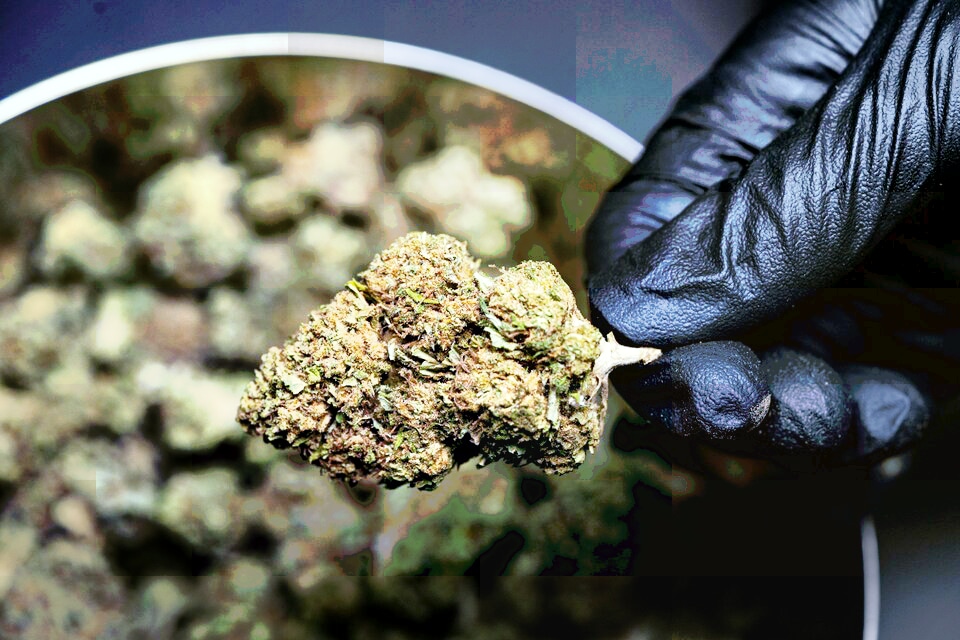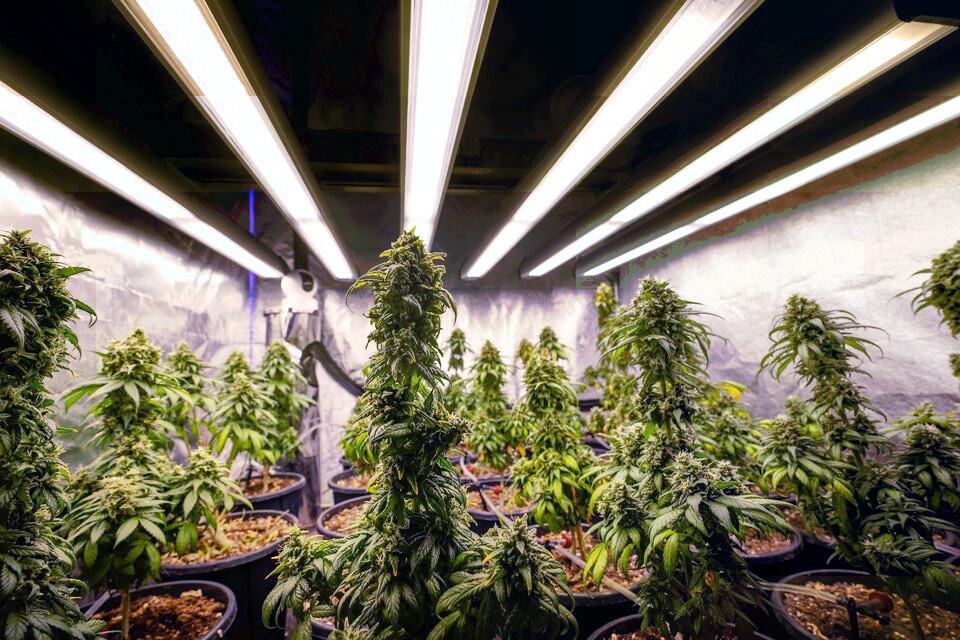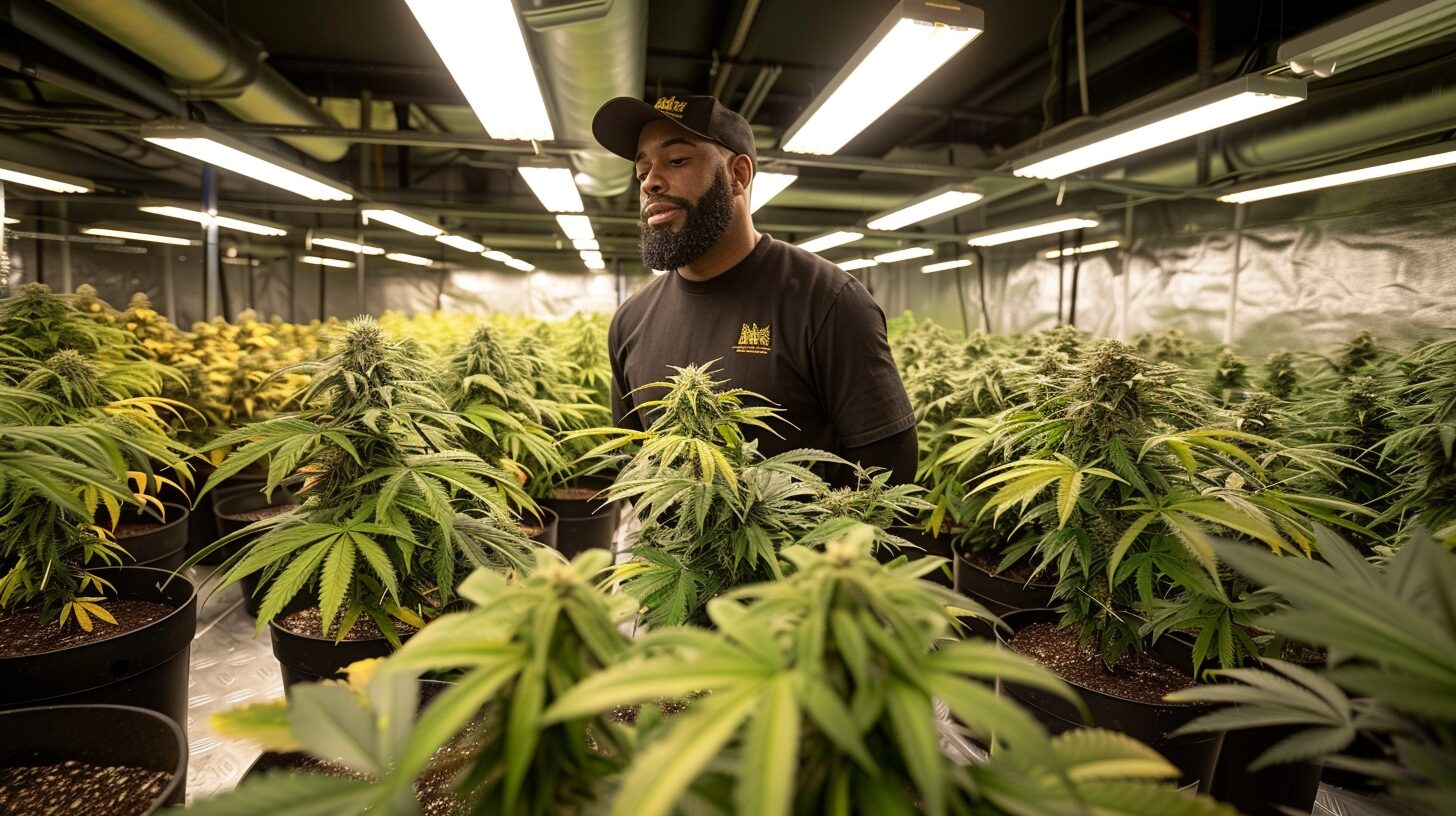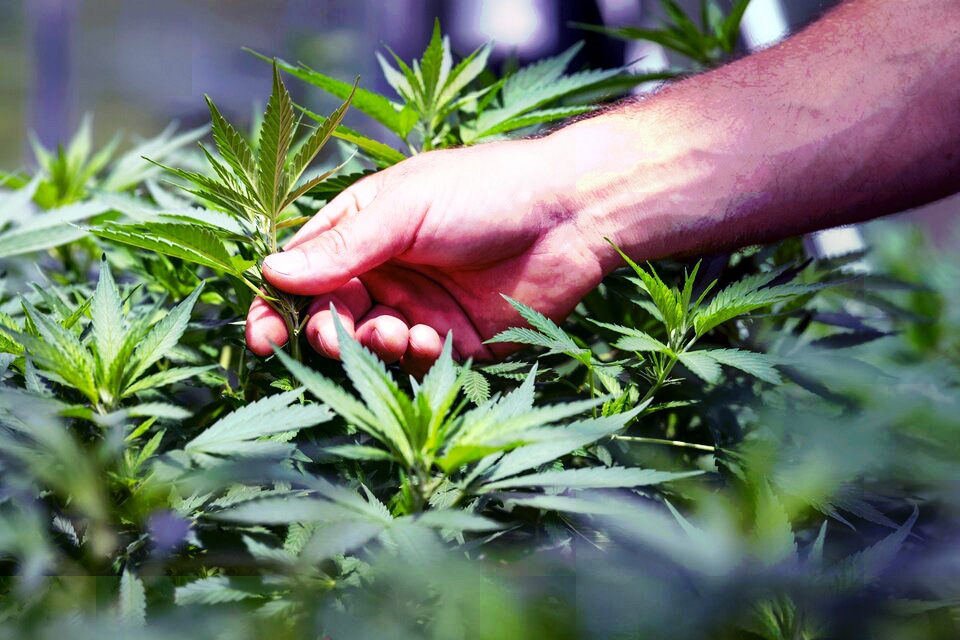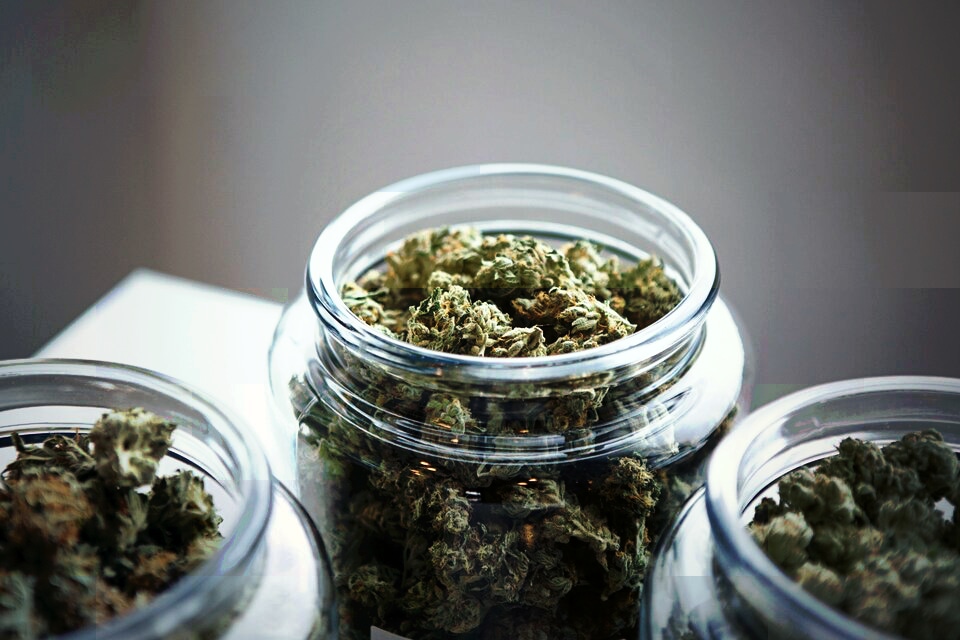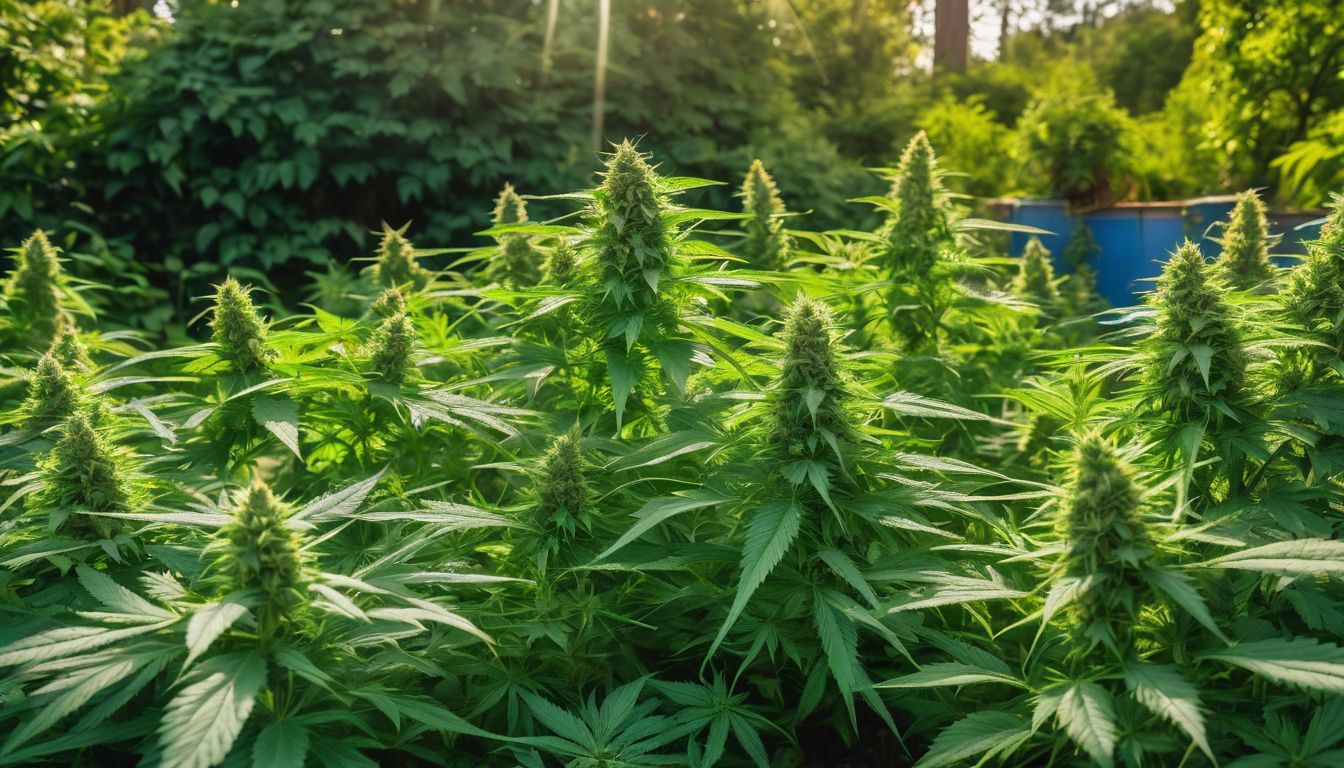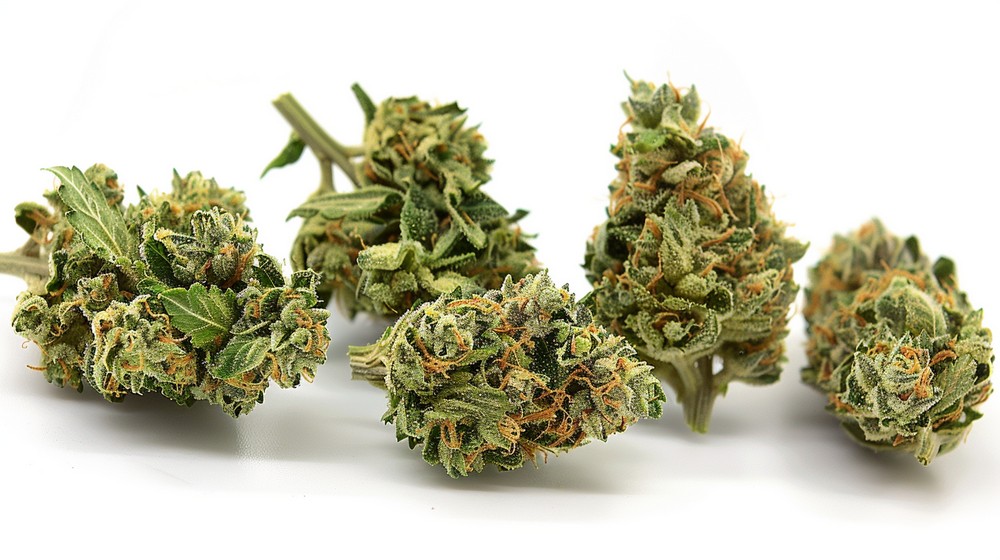Sub irrigação no cultivo de cannabis: sintomas e soluções
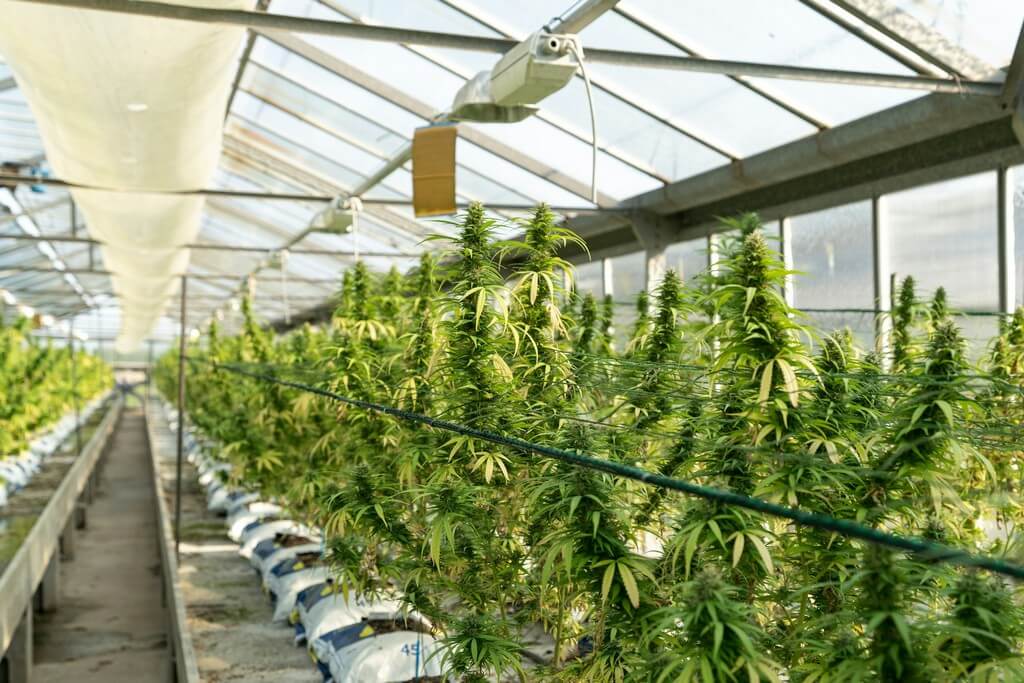
Do you notice that your marijuana plants are looking a bit sad and dehydrated? Under-watering might be the culprit, stressful for both you and your green friends. In this article, I’ll tell you all about how to identify the symptoms of water deficiency and the strategies to revive those wilted treasures.
And don’t worry, here you’ll find simple and effective solutions—so that you and your plants can smile again. Let’s move forward and save those harvests together!
Key Takeaways
- Under-watering can make marijuana plants look sad and have dry, brittle leaves. To fix this, you need to water them slowly and ensure that the soil around the roots is moist.
- A correct water pH between 6 and 7 is essential for marijuana plants to absorb nutrients properly. Using a pH meter can help maintain this balance.
- Choosing a good irrigation system, such as drip irrigation or soaker hoses, helps give each plant the right amount of water without wasting it. This is key to keeping plants healthy and avoiding problems like root rot.
Understanding the Importance of Watering in Marijuana Plants
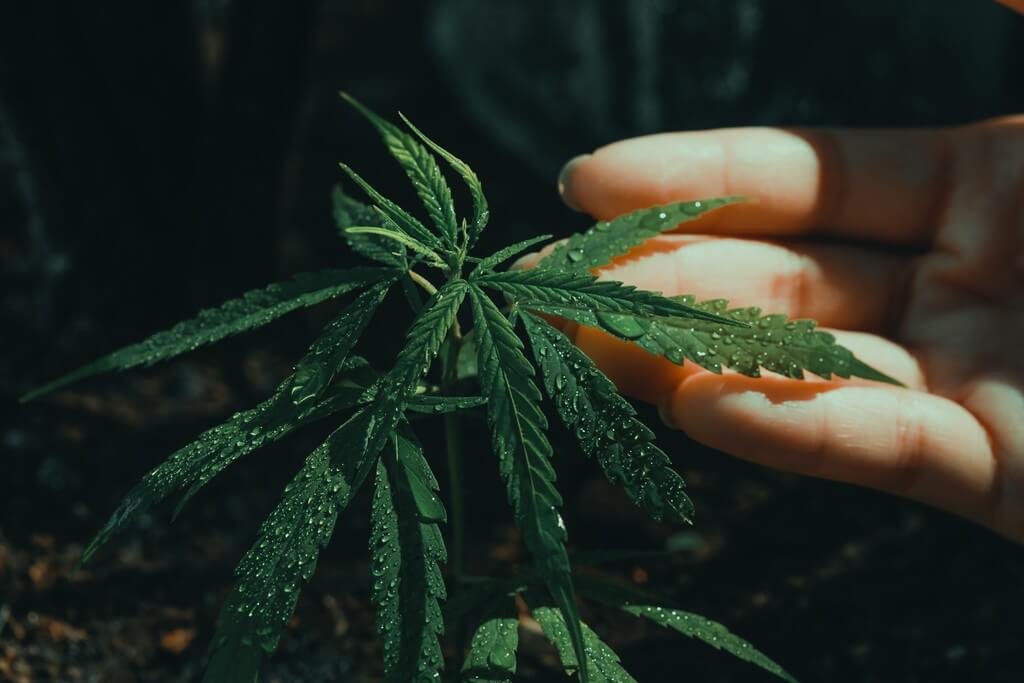
Water is like magic for marijuana plants. Without the right amount, they can’t grow strong and healthy. Think of it this way: water carries food to all parts of the plant, from the roots to the tips of the leaves.
It also helps plants stay cool and make their own food through light.
But be careful, giving your marijuana too much or too little water is a big problem. If you under-water, the roots won’t be able to seek out what they need, and the plant will start to feel sad and weak.
You need to find the sweet spot for watering to keep your plants happy. Use good watering methods, and you’ll see how your marijuana grows happy and healthy.
Symptoms of Under-Watered Marijuana Plants
When your green girls start showing a sad appearance, alert! They might be missing their sacred elixir: water. Take a good look; if you see them with leaves more wrinkled than grandma on spa day or growing slower than a snail in a marathon, it’s time to act.
Dry and Brittle Leaves
The leaves of your marijuana plant can become dry and brittle if you don’t give them enough water. It’s like when you’re thirsty and desperately looking for a glass of water — plants feel the same way.
They need to drink to stay healthy. And that’s not all, if there’s too much light, the leaves can also suffer and turn yellow. Imagine sunbathing all day without sunscreen; well, plants need an “umbrella” sometimes too.
For your cannabis plants not to end up with a mess of leaves, it’s crucial to give them the right amount of water. Not too little, not a sea; just what’s necessary. Think of this as preparing the perfect recipe for your plant, where water is one of the main ingredients.
Give those dry leaves a little love with a good gulp of water and watch out for that strong light, and you’ll see how they come back to life, fresh and ready to keep growing strong.
Wilting
Marijuana plants can look sad and droopy when they don’t have enough water. It’s as if they feel tired and can’t stay upright. This problem is called wilting, and it’s a clear sign that something is wrong.
If you notice that your plants are wilting, it’s time to act quickly. Give your plants the water they’re lacking, and you’ll see how they recover. With proper watering, your marijuana plants will be strong and healthy again.
Slow Growth
A marijuana plant that doesn’t receive enough water won’t grow quickly. Its roots seek moisture to help the plant get big and strong, but if the soil is dry, this becomes a big problem.
Less water means the plant can’t reach its full size or produce many buds. Also, THC, which is what changes how you feel when using marijuana, doesn’t form well if the plant grows slowly due to lack of water.
Without enough water, the leaves can start to look sad and fall off. Watch out! If you notice that your plants aren’t as green and pretty as before, they might be asking for more water.
Let’s see what happens when plants receive too little water and how we can fix it.
Causes of Under-Watering in Marijuana Plants
Sometimes, marijuana plants don’t receive enough water. This can happen if you don’t water with the necessary frequency. The type of soil or growing medium also influences; some retain water for longer than others.
For example, coco coir can retain a lot of water. If it doesn’t dry out well between waterings, the roots don’t get fresh air.
The size of the pot matters a lot. A pot that’s too big for a small plant can cause water to accumulate and not reach the roots. Additionally, an incorrect watering schedule can lead to under-watering.
It’s crucial to water when the plant needs it, not just out of routine. Now, let’s learn how to revive under-watered marijuana plants.
How to Revive Under-Watered Marijuana Plants
Your marijuana plants need water to live. If they are under-watered, there are ways to help them.
- Check the soil around your plants. If it’s very dry, it’s time to act.
- Start watering slowly, so the plant absorbs the water well.
- Use room temperature water to not shock the roots.
- Make sure the water reaches the soil properly, not just the leaves.
- Observe how your plants respond after watering. They should start to recover.
- Give the plants time to take up the water before adding more.
- Monitor how they grow after a few days. If they improve, you’re on the right track.
- Don’t overdo it with water either; too much can cause other problems.
- Check if your plants need nutrients or an adjustment in soil pH.
- Change your watering schedule if you see that the plants need it.
Optimizing Watering Techniques for Marijuana Plants
Taking good care of marijuana plants with proper watering is key. Doing it right helps them grow strong and healthy.
- Learn to read the soil; if it’s dry a few centimeters below the surface, it’s time to water.
- A watering schedule can keep your plants happy. Not all of them need water at the same time.
- Use techniques that reach the entire root, like watering slowly until the water comes out the bottom.
- Monitor the water’s pH. It should be between 6 and 7 for plants to absorb nutrients well.
- Check the drainage of the medium where your herbs grow. If the water doesn’t escape, there can be root rot.
- Observe how your plants respond after each watering. That will tell you if they need more or less water.
- Alternate watering days with dry days to strengthen the roots and avoid fungi and fungus gnats.
- Add nutrients to the water occasionally, but don’t overdo it to prevent excess problems.
The Role of Nutrients and pH in Watering Practices
Understanding the give and take between nutrients and pH can be an art form, but it’s crucial to ensure that our marijuana plants are drinking what they really need; let’s keep digging into this mysterious chemical dance…
and prepare our girls for success!
Importance of Nutrients
Marijuana plants, like any other plant, need different types of food. These “foods” are the nutrients that keep them strong and healthy. If they don’t have enough, they can become weak and sick.
Imagine you’re a cook trying to make a tasty soup. If ingredients are missing, it won’t turn out well, right? The same happens with plants: without the right nutrients, they can’t grow properly.
Now, they must be in balance. Too much or too little of something isn’t good. Just like when you drink too much water and feel sick to your stomach. For plants, if the balance is off, they can’t take what they need from the soil.
This is called “pH imbalance”, and it can make the plant unable to eat well. So, after making sure they eat well, we need to talk about pH.
Importance of pH
Just as nutrients are essential for plants, pH also plays a key role. If you think of pH as a key, you’ll understand that it can open or close the door to the nutrients your plants need.
A pH that’s too high or too low can make those nutrients unreachable, even though they’re right there in the soil. It’s as if the plants were hungry and the food was in a closed jar.
For your marijuana to grow strong and healthy, you have to keep the water’s pH in the right zone. That magic zone is usually between 6.0 and 7.0 for soil-grown plants, and a bit lower for hydroponic grows.
Use a pH meter to check the water you give your plants. That way, you ensure they can absorb all those yummy nutrients without problems. You’ll definitely notice it in your harvests!
The Influence of Water Quality on Marijuana Plants
Water quality is like our morning coffee: vital to awaken the true potential of your marijuana plants… and you won’t want to miss how good H2O can make the difference between a “meh” harvest and a spectacular one!
pH Level
The water’s pH is key for marijuana plants to grow healthy. If the pH isn’t correct, the plants can’t take up nutrients properly. For marijuana, the best pH is between 5.8 and 6.2.
This way, the roots absorb everything they need.
If the water has a pH that’s too high or too low, there are problems. The leaves can show signs that something is missing. Adjusting the water’s pH before giving it to the plants is important. This helps prevent the plants from getting sick or growing slowly.
After talking about pH, it’s good to think about water hardness.
Hardness/Softness
Hard water can be a problem for marijuana plants. It has many minerals that don’t help the plant. Sometimes, these minerals accumulate and make it hard for the plant to get what it needs to grow well.
On the other hand, soft water often doesn’t have enough minerals. Plants also need some of those minerals to stay healthy.
Taking care of the water you use for your plants is very important. Make sure you know if your water is hard or soft. You can change it so your marijuana plants grow better. If you adjust the water hardness, your plants will be able to absorb nutrients correctly, and you’ll avoid growth problems.
With the right water, your plants will be happier and healthier.
Chlorine and Chloramine
Chlorine and chloramine are in the water that comes out of the tap. They can be bad for your marijuana plants. Imagine this: your plants’ leaves start falling off for no reason. It could be because of chlorine.
This chemical kills the good bacteria in the soil and makes the plants unhappy.
But don’t worry, there are solutions. Let the water sit for about 24 hours before using it. That way, the chlorine evaporates and doesn’t harm your plants. Or, use special filters that remove chlorine and chloramine from the water.
Your cannabis will thank you with strong, green leaves. Remember, taking care of water quality is taking care of your plants’ health.
Considerations When Choosing Irrigation Systems for Marijuana Cultivation
Ah, the eternal dilemma of the marijuana grower: How do I water my plants so they grow healthy and strong? Choosing among the variety of irrigation systems can be overwhelming, but relax, here we’ll help you untangle this mess—think of it as finding the perfect match for your green friends.
Drip Irrigation Systems
Drip irrigation systems are a game-changer for marijuana plants. Imagine giving them water bit by bit, right to the roots. This way, the plants take just what they need, without wasting a single drop.
And that’s not all, you also save fertilizer! Using little tubes and drippers, the nutrient-rich water arrives like magic at the perfect spot. This is super important because each plant is a world of its own and wants its own sip of water and food.
Think of drip irrigation as your personal assistant in cannabis cultivation. It makes sure your little plants are hydrated and well-fed, without stress or mess. Plus, it has another point in its favor: it helps avoid bad vibes like root rot or those annoying fungus gnats that nobody wants to see buzzing around.
But heads up, you have to consider the type of plant and where you live for everything to flow smoothly. Now, let’s talk about another method that’s also rad, soaker hoses.
Soaker Hoses
Now, let’s talk about soaker hoses. They’re perfect for marijuana cultivation because they give water slowly and directly to the roots. This helps keep the soil moist without wasting water.
It’s crucial to choose good quality hoses for your marijuana grow. You want them to last and work well. With them, your plants will grow healthy and strong.
Flood and Drain Systems
Flood and drain systems are like a see-saw for the water in your marijuana plants’ roots. Imagine the water arriving, dancing a bit with the roots, and then leaving, giving just what the plants need to be happy.
These systems are awesome because you can use them in small indoor spaces or in big outdoor gardens. The plants get all the good stuff from the water and then, before they can complain, zap! The extra water goes away and prevents the roots from drowning or nasty fungi and critters from appearing.
It’s a win-win: your marijuana grows strong and you’re more at ease knowing you’re giving them exactly what they need.
Conclusion
In the end, taking good care of our marijuana plants is super important. Giving them the right amount of water can be a bit tricky, but it’s possible! If you notice that your little plants look sad and their leaves aren’t happy, it’s time to act.
Let’s get to work with that watering! With love and attention, you can have a healthy and strong marijuana garden. Come on, it can be done!
Frequently Asked Questions
1. What happens if I don’t give my marijuana plant enough water?
If you don’t water your marijuana plants properly, signs of drought can appear. Dry soil and nutrient deficiencies are common. Watch out! It’s crucial to maintain a watering schedule to avoid problems.
2. How do I know if my marijuana is lacking water during the vegetative or flowering stage?
During the vegetative or flowering stage, if you notice droopy leaves or slow growth, it might need more water. A good trick is to check the soil; if it’s dry, well, your plant is screaming for water.
3. What problems can I have with my grow if I under-water my marijuana?
Water poorly and you’ll see how the dreaded root rot fungus appears, oh no! Plus, you might unintentionally invite fungus gnats. Maintain a good balance with your watering technique to have a happy grow.
4. Does the substrate influence how I water my cannabis plants?
Of course it does! The growing medium greatly influences how you provide water. If it’s very compact or doesn’t drain well, you’ll have to adjust your watering schedule so that water doesn’t accumulate and everything keeps flowing as it should.

